Baseball captivates fans globally, with its popularity soaring in America. Traditional baseball requires extensive space and equipment, posing challenges for enthusiasts.
Recognizing this, David Mullany innovated in 1953 with an alternative that fits diverse environments: indoors, outdoors, and smaller spaces.
This lighter, more accessible version not only facilitated casual play but also introduced enthusiasts to mastering wiffle ball curves, revolutionizing how we enjoy the essence of baseball.
Wiffle Ball became increasingly popular, and everyone even learned how to throw a wiffle ball. Today, there is a World Wiffle Ball championship as well.
Read on to learn more about the history of Wiffle balls and how it came to be.
How Was the Wiffle Ball Invented?
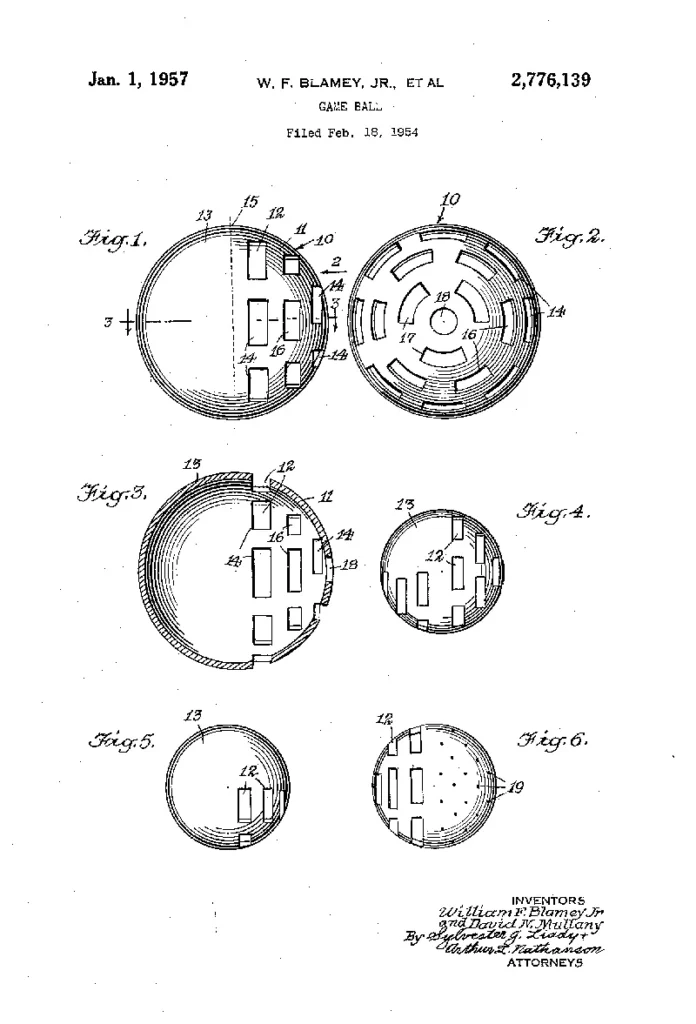
Wiffle ball is a game that has been loved for about 70 years. The first Wiffle ball was invented in 1953 by David Mullany, and the story behind how the ball came about is interesting. He was a retired semi-pro baseball pitcher and watched his 12-year-old son and his friend play games with a broomstick and an old plastic ball that had holes in it.
He knew that it would be hard to throw curveballs and sliders because the ball was lightweight. At the same time, he realized that not everyone can afford to play in big fields with actual baseballs and bats. So, he decided to make his version of the ball by cutting holes into it. He obtained ball-shaped plastic containers from a nearby cosmetics manufacturer.
Along with his son, he tried cutting holes of different shapes (e.g., diamonds, etc.) into the ball to see which would be the best to play with. Through trial and error, he arrived at a good solution, which was to have eight oblong holes at the top of the ball. The other side of the ball, which is the bottom, shouldn’t have any holes in it.
This way, the ball would take in an optimal amount of air, and the ball’s trajectory will also be influenced because of it. He found that this iteration of the Wiffle ball would be better suited to throw curveballs, sliders, or knuckleballs. This lightweight ball would also be easy on children’s arms as it is not as heavy as baseball’s.
How Did the Name Come About?
He saw that his neighborhood kids loved to play with this ball, and Mullany, being a businessman, came up with the idea to patent it. He designed it formally with William Blamey and applied for the patent in 1954, which was approved in 1957.
Now, he needed to come up with a name for his invention. He noticed that his sons and his friends were using the slang term ‘whiff’ for strike-outs. He thought that this was a good name and proceeded with it.
But before obtaining its trademark, he decided to call it Wiffle instead of Whiffle as derived from the slang. A funny reason he gives is that Wiffle has fewer alphabets and requires fewer resources for printing (e.g., when it comes to printing names on boards, packages, etc.).
How Did the Business Grow?
Mullany started by selling Wiffle balls in his car, but as it was cheaper and good to play with, it got sold out quickly. Initially, he sold only the balls, but with time, he designed another slim and long bat, which went very well with the Wiffle ball, and started to sell this as well.
As much as only 5 years after he applied for the patent, his business grew greatly. He received a big order for a Wiffle bat and ball set from F. W. Woolworth for their chain of stores. From then onwards, business for the Wiffle ball only started to grow!
The Wiffle ball factory was opened in Shelton, Connecticut, where the balls continue to be produced even now. The headquarters is a small building, and the family still runs the business. Almost all the Wiffle balls in the world are produced there in their fascinating machine.
This has a large glass side where you can see the Wiffle balls being made from the two halves. The top half with the holes is fused with the bottom half, which is fully solid. An injection molding machine creates the top and bottom halves.
The entire process is mostly automated, and the company doesn’t even require many employees. The company employs around 15 people, and the Mullany family still runs the business.
Four balls are created by the machine every eight seconds. This is a highly efficient process and very rarely produces one or two defective balls, which are then discarded. These are then shipped to toy stores in America and the rest of the world.
Summing It Up
Wiffle balls, which are loved by millions worldwide, have a wholesome history behind their creation. They were created by David Mullany for his son so that he could play a different version of baseball, which would not require that much strength, space, or resources.
He made holes in round plastic containers, patented the idea, and turned it into a thriving business. He called them Wiffle balls, and as they are fun to play with, they became popular soon.
The factory for Wiffle balls was set up in Connecticut in the 1950s, where, to date, millions of Wiffleballs have been made and sold.

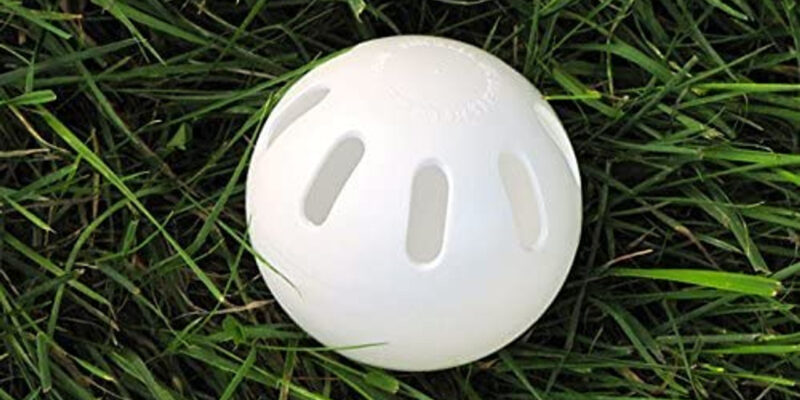
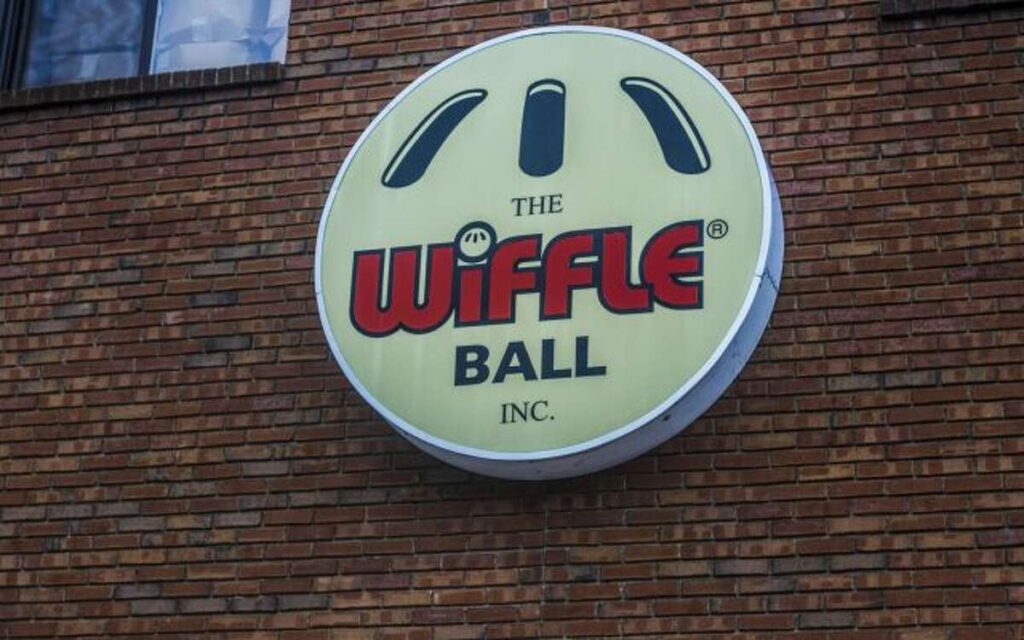
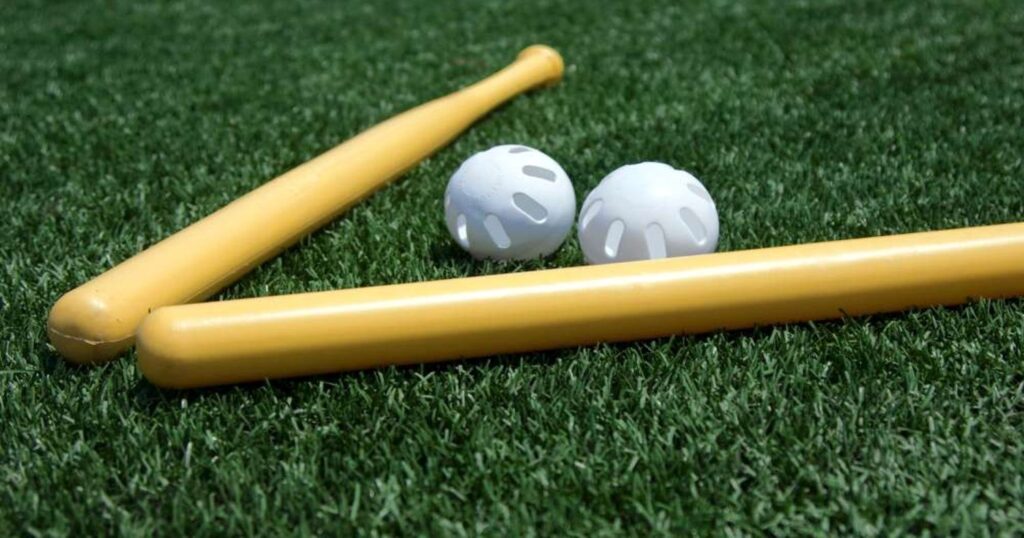




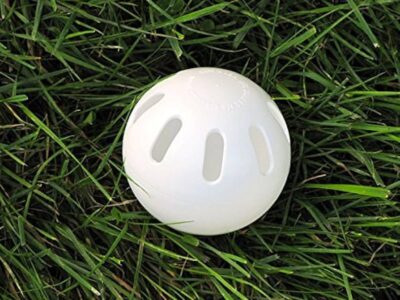
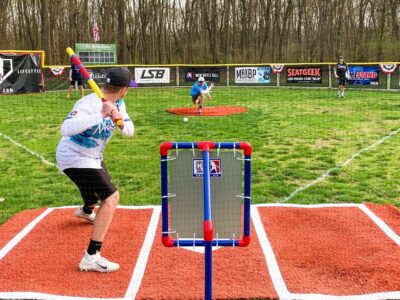

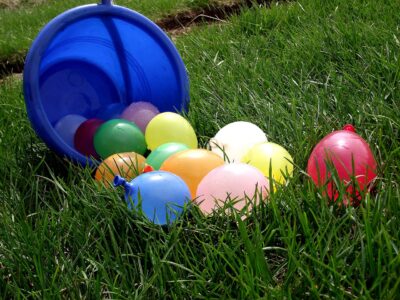
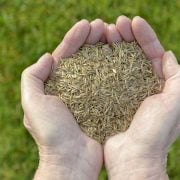
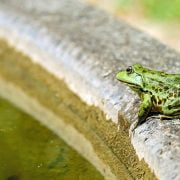
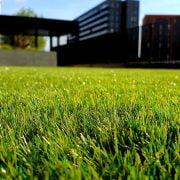

Comments